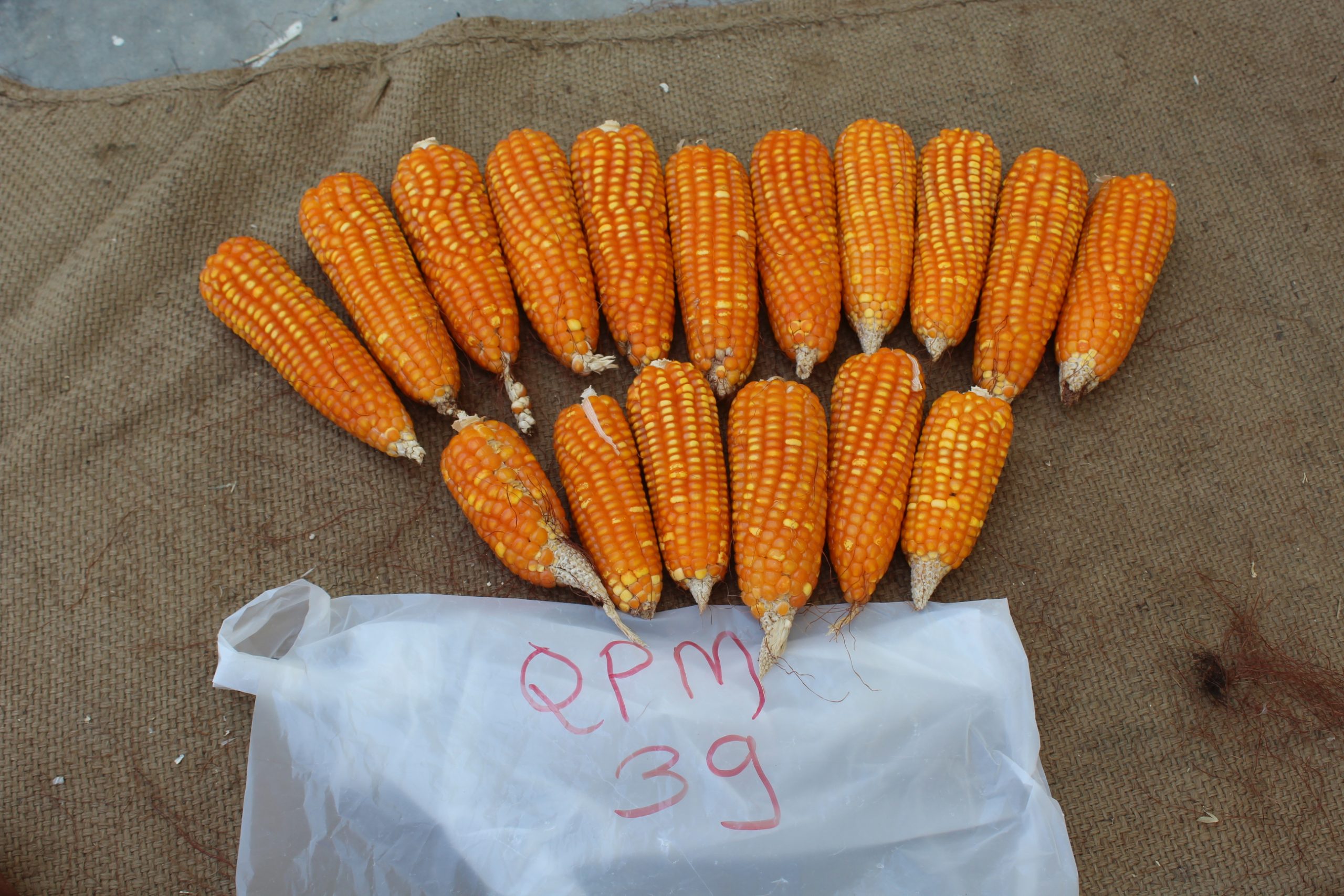Maize, along with wheat and rice, provides around 30% of food calories to more than 4.5 billion people in 94 developing countries. These statistics declare that maize is an important crop to ensure food and nutritional security for poor communities in Africa, Asia and Latin America.
Limited diversification in dietary food and higher per capita maize consumption indicates that a great proportion of the population in developing countries are lacking in essential nutrients like micronutrients and amino acids.
Rigorous efforts by International Maize and Wheat Improvement Center (CIMMYT) maize breeder Surinder K. Vasal and cereal chemist Evangelina Villegas in the early 1980s led to the development of an improved maize kernel with higher yield and vitreous appearance by combining the opaque-2 and genetic modifier systems by using backcrossing and recurrent selection. These efforts led to development of an improved maize known as quality protein maize (QPM).
QPM ensures the nutritional security of maize dependent communities. It is described as nutritionally superior maize with high lysine, tryptophan and leucine contents along with high biological value and high protein intake. QPM also has higher contents of non-zein protein (albumin, globulin and glutelin fractions), which are rich in lysine and tryptophan.
The development of QPM was comprised of a series of efforts across many decades to develop promising varieties. CIMMYT described the term QPM for maize genotypes with improved lysine and tryptophan contents and hard endosperm texture. Now, QPM is referred to maize genotypes with homozygous o2 alleles, increased lysine and tryptophan contents, and without harboring the negative pleiotropic effects of soft endosperm.
In recent years, CIMMYT has developed several QPM varieties across many countries with different genetic backgrounds. However, to fast track the deployment of QPM at scale, it needs a vibrant seed system in place and a viable business model which ensures an active engagement of seed producers, farmers and consumers.
This review article discusses the importance and timeline of various events in QPM development and dissemination, genetic basis and systems, breeding strategies, challenges and potential opportunities for QPM adoption. “We can consider the article as a compendium of QPM where it addresses historical background and scientific breakthroughs which will be useful to researchers, students and others who are looking for a comprehensive information on QPM,” said AbduRahman Beshir, CIMMYT’s senior scientist and maize seed systems specialist for Asia, who co-authored the publication.
Read the full study: Quality protein maize (QPM): Importance, genetics, timeline of different events, breeding strategies and varietal adoption
Cover photo: Scientists have discovered that Quality Protein Maize (QPM) can mitigate the protein deficiency found in regular maize. (Credit: CIMMYT)

